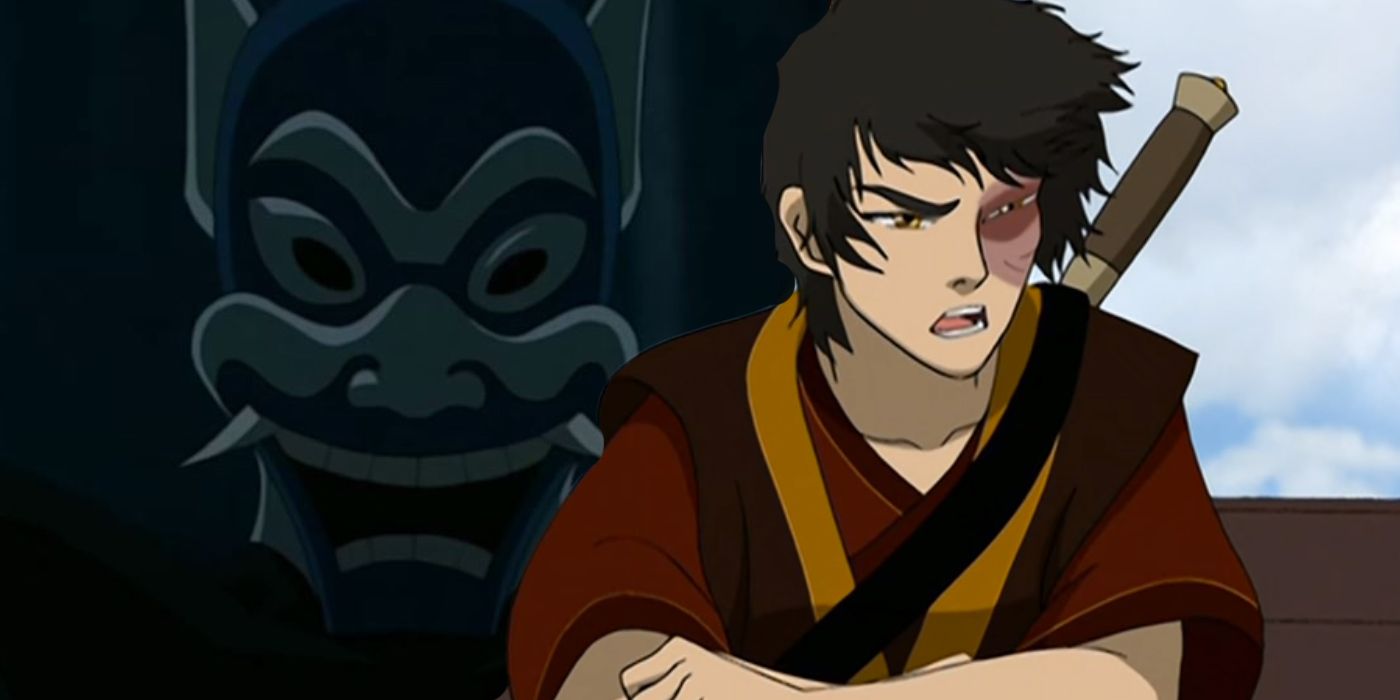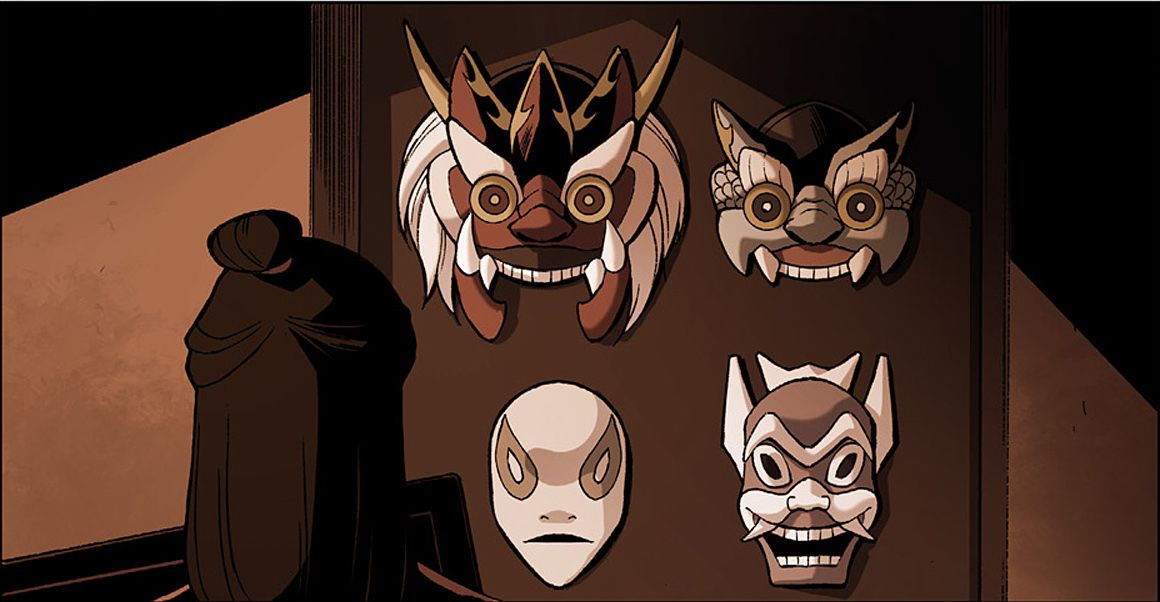Fans of the ever-popular Avatar: The Last Airbender are in love with Zuko's redemption arc, and a key part of it stems from his alter ego; the Blue Spirit. Since his first appearance as the Blue Spirit in the series, fans have absolutely adored his sweet costume, and it seems the origins of his Blue Spirit mask have come to light in the comic Avatar: The Last Airbender: The Search.
First appearing in an episode of the same name, the Blue Spirit made his debut in episode thirteen of season one. The episode centers around Zuko in his alter ego as he takes on the fire nation himself to prevent Admiral Zhao from pursuing the Avatar. While Zuko does have some selfish intentions here, many consider this a large turning point in Zuko's overall redemption arc. This redemption arc is considered by many to be one of the main contributing factors to why the show is so great, so it comes as no surprise that fans were severely disappointed when the series ended on a cliffhanger about finding Zuko's mother. Fortunately though, despite the television series leaving fans to wonder, a series of canon comic books follow up the show with a continued storyline, one of which is the hunt for Zuko's mom.
It is in this comic, Avatar: the Last Airbender: The Search, the second of the comic book trilogies, that the origin of Zuko's Blue Spirit mask is revealed. The book follows the Aang gang on their quest to locate Zuko and Azula's mother, but also gives more perspective on their mother through flashbacks. It is these flashbacks that provides readers with deeper insight into the origin of the Blue Spirit mask. Readers encounter a flashback in which Ursa, Zuko's mother, is seen looking at a wall of masks, one of which being the same mask Zuko uses as the Blue Spirit. The masks are part of a play that she is absolutely in love with. The play is titled Love Amongst the Dragons and the mask Zuko later dawns belongs to the antagonist of the story, an evil water spirit. This means that Zuko uses the Blue Spirit mask as a connection to his long lost mother, basing his secret identity around a favorite story of hers. It also goes a step further to mean that at some level, by this point in the series, Zuko already saw himself as the villain, otherwise why choose the mask of the antagonist instead of the protagonist. These kind of layers are just part of what make Avatar: the Last Airbender so absolutely incredible; full of tiny character details that might not even be picked up on till one's hundredth rewatch.
What's interesting to note is that this isn't actually the only place the play is mentioned, but it is also briefly mentioned in the Ember Island episode of the show. Even cooler than that, hardcore fans might notice the play hidden as an easter egg in a non-Avatar property, The Dragon Prince. With much of The Dragon Prince's production team having worked on Avatar: The Last Airbender, the Netflix original series is scattered with Avatar references, and in the very first episode, we can see one of the main characters reading Love Amongst the Dragons.
With how much growth is gained through this Blue Spirit journey of Zuko's, it's really beautiful to discover there is an extra layer of deepness behind it all, with the origin of the Blue Spirit mask being tied directly to his mother whom he misses so dearly, and serving as a larger metaphor for his self-reflection and growth.
Next: Avatar: The Shadow of Kyoshi Confirms Earthbenders Can Control Glass


